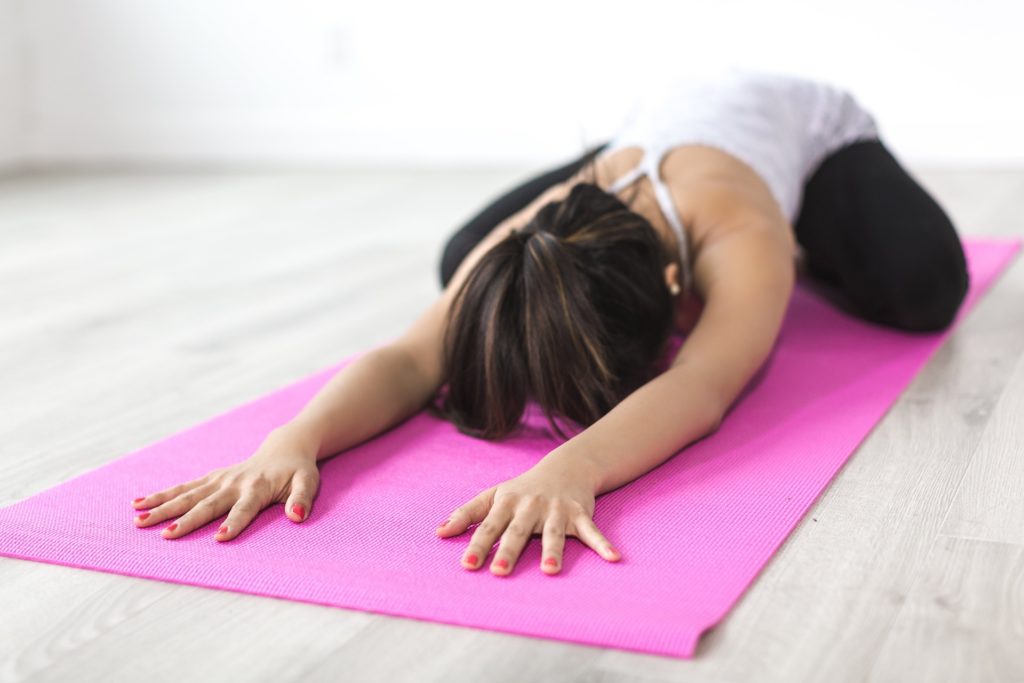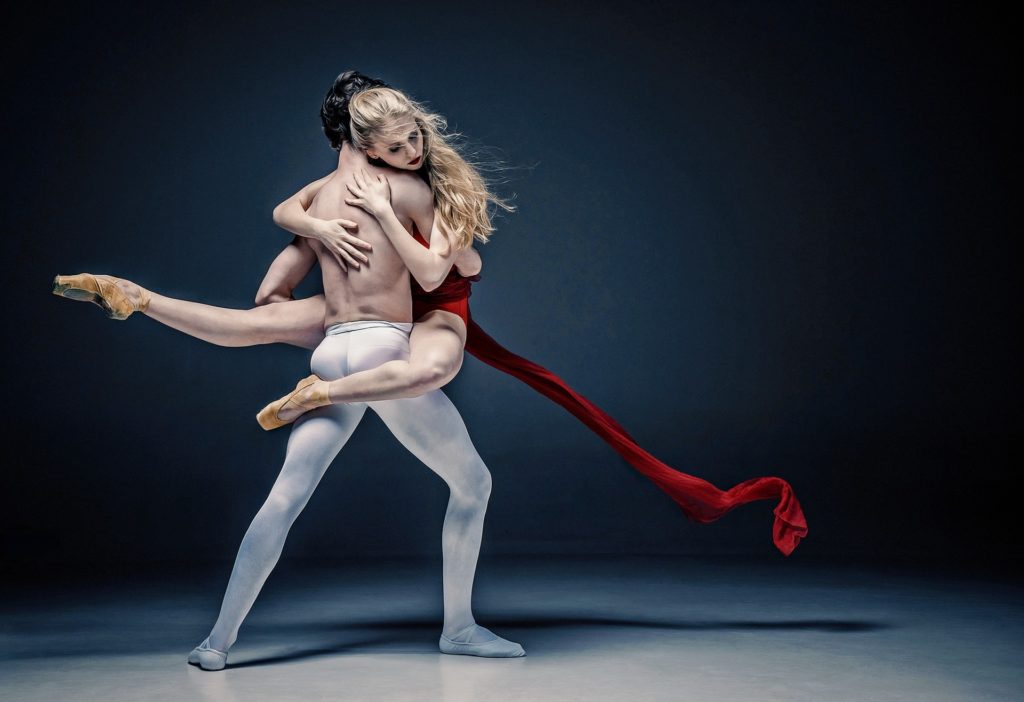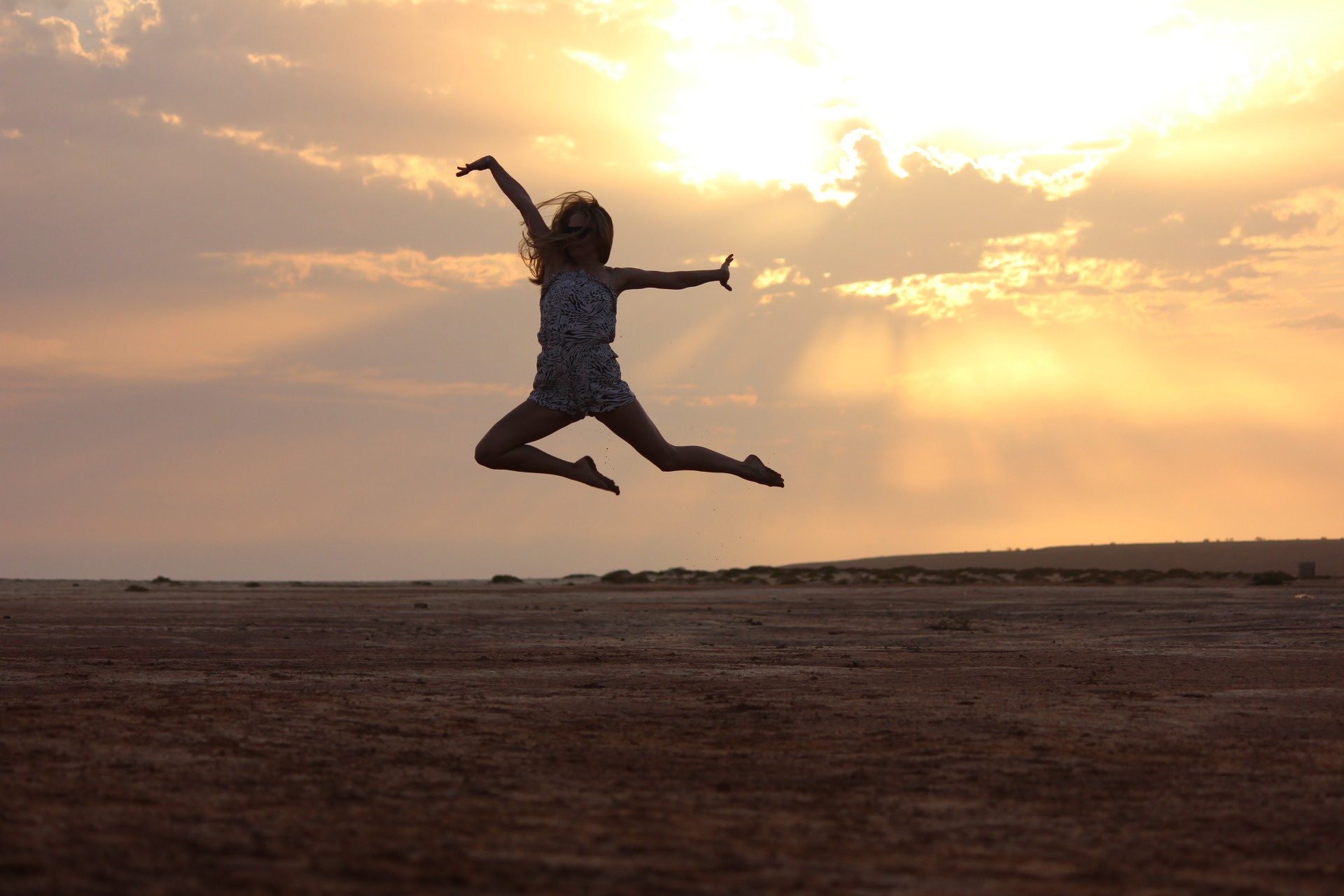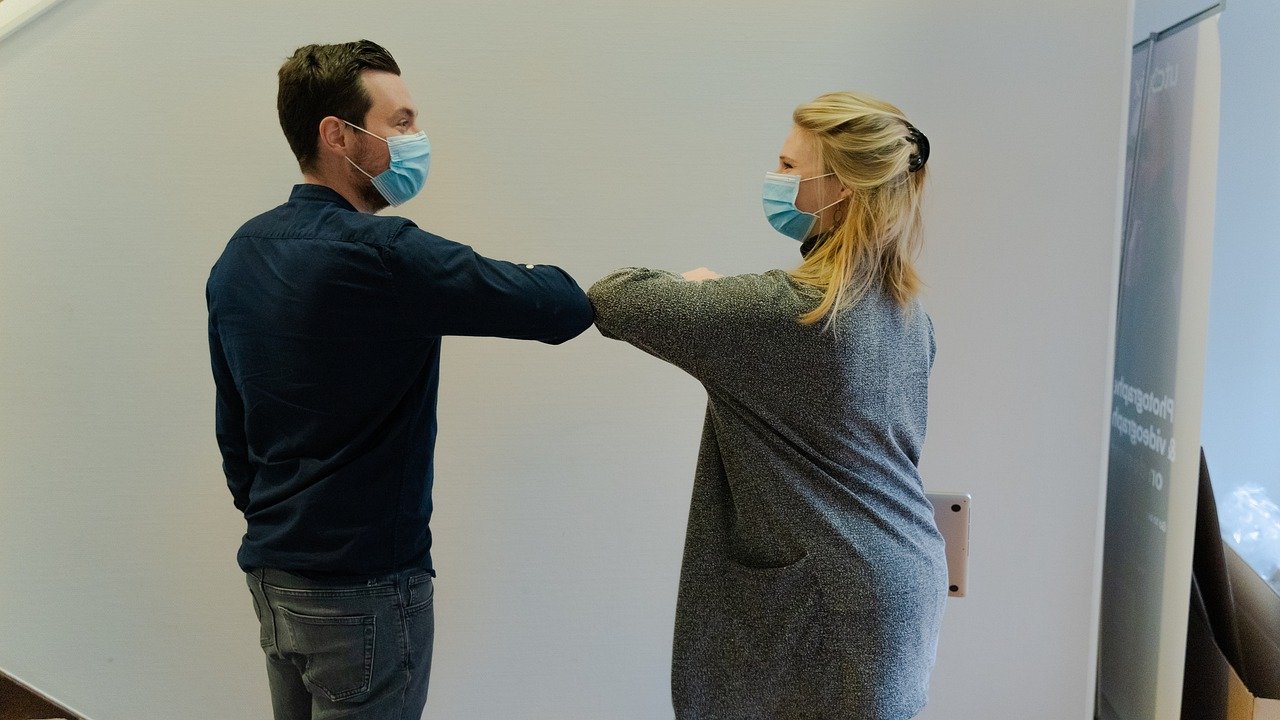Yoga is a practice of mind and body which dates back to 5,000 years ago in the Indian philosophy. Male and female practitioners are known as yogis and yoginis respectively. According to the American Osteopathic Association, a regular yoga routine yields a couple of physical and mental health benefits. There are various types of yoga, well known hatha, vinyasa, aerial, bikram (or hot) yoga, so you can easily choose which type is the best fit for you.
Dance, on the other hand, is a performing art that involves a sequence of rhythmic body movements often accompanied by music. It comes in many forms, and its purposes may be social, ceremonial, educational, therapeutic, and so on. Records of the earliest kinds of dance are as old as 9,000 years.
Yoga and dance have some similarities in practice and purpose. Let’s examine what the two have in common.

Engaging Routines
At the beginning of yoga lessons, you will need an instructor to guide your practice. You can do it on your own with time after getting used to various techniques.
Yoga routines are usually smooth and slow. There may be music or none during a yoga session.
Dance routines, on the other hand, are short and more intensive than yoga. In most cases, there is some form of music playing as performers dance to the beat and tune.
In both yoga and dance, the practitioner needs a training routine to master various movements. They need to move in phase with the instructions or the music guiding the performance.
Choreographed Movements
When people dance as a group, the success of the overall performance depends on every individual. Dancers have to learn and perfect choreographed movements for a stunning show. Layering and transition of a move to the other should happen in unison throughout the performance. For a stunning show, you need to shop for dance costumes online for your team.
The same applies to yoga — the instructor issues instructions which every person follows in articulate synchronicity. However, yogis and yoginis may adjust the postures to suit their level of skill and experience. You can assume a particular pose when you need a break and resume the practice when you wish.
All in all, the beauty and quality of dance and yoga is when all team members move in uniformity. Group movements inspire and entertain the practitioners and audience alike.

Yoga Complements Dance
For many experienced dancers, yoga and dancing are integral. Flexibility is paramount in both practices.
Hips and hamstrings are some of the parts where dancers look to exercise to conquer various dance techniques. Also, dancers who engage in vigorous performances risk injuring their leg muscles. Wrong treatment of such injuries can lead to long term pain and suffering.
Yoga is an appropriate remedy for these challenges. It improves the flexibility of joints and prevents tissue injury. Regular stretching of muscles as in the yoga practice is a great way to strengthen them to withstand physical exercise.
Freedom of the Mind
Both yoga and dance allow the practitioner to take charge their feelings during a performance, such as happiness or sadness. You can achieve this by controlling your movements to match the mood.
One can escape the struggles of their minds to achieve physical, mental, and spiritual freedom and peace. The practitioner learns to let go and get inspiration to find their soul through movement and music.
Yoga and dance are about overcoming the difficulties to experience the freedom that comes with movement.
Fitness Gains
Recent studies have proved that yoga practices have fitness benefits. A combination of postures and breathing techniques increase the heart rate and enhance metabolism. Some researchers have reported cases of practitioners who have burned up to 1000 calories in 90 minutes.
Dance is a known aerobic exercise that helps to shed weight. It works against heart disease, strengthens the body, and improves balance. You can exercise various body parts as you get entertained through dance.
Ease of Practice
Preparing for yoga or dance is pretty easy. You don’t require sophisticated equipment like in a gym, and you can do it virtually anywhere. All that you need is yourself, space, and maybe some music.
Bottom Line
Yoga and dance are forms of art passed from generation to the next by instructors. Over time, people have invented new yoga techniques and dance types which still follow the fundamental principles.
People perform yoga and dance for different reasons such as spiritual, entertainment, and fitness, among others.
Both involve synchronized bodily movement. To master the practices, you need a trainer in the first stages. Group performance usually produces excellent results.
Guest Post by Ashley Lipman
Images Pixabay





